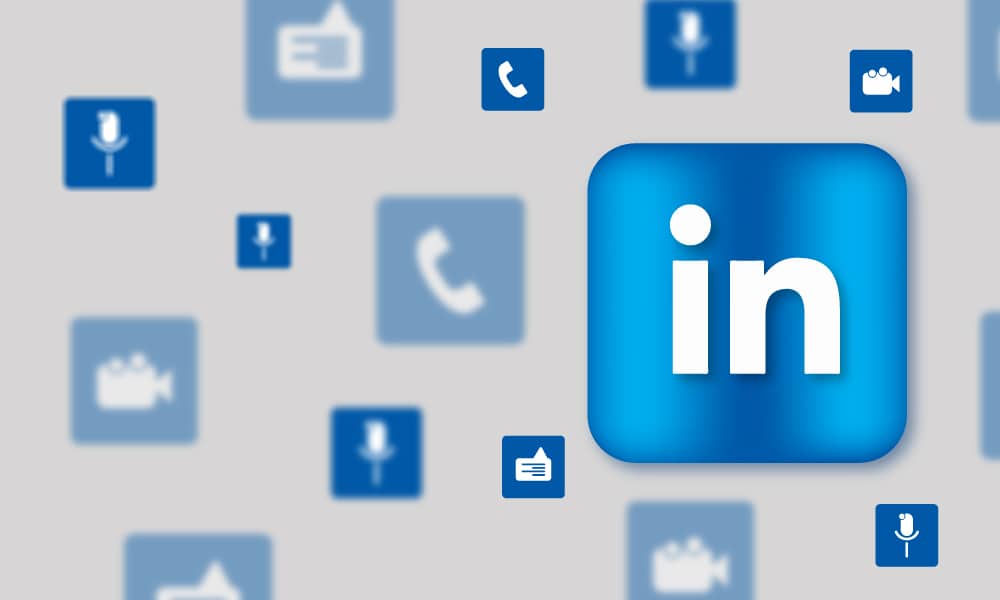Landing pages are one the most important aspects of your online marketing strategy because they are the first impression most new visitors get of your website. Through pay-per-click (PPC) ads, email campaigns, and social media promotions, you want to direct visitors to a landing page, rather than your homepage.
Why not just direct them to your homepage, you may ask? Your homepage is a general entry to your business, and visitors cannot easily find the intended conversion path associated with your marketing campaign within the homepage.
Landing pages are a must for lead generation because these pages have one main purpose: converting visitors into leads. When users land on this page via PPC ads, this is due to a specific keyword search. Your landing page’s content must closely match your PPC campaign, which is associated with certain keywords.
However, if your landing pages are not attractive or do not present a clear call-to-action (CTA), visitors will leave the page and will do so rather quickly. This is why it should be optimized in a way that will increase your conversion rate.
Don’t send your visitors back down the ladder of the diving board by making them press the back button. Follow these 5 steps below to ensure your visitors will leap off the diving board and dive into the water (complete your call to action).
5 Elements on how to increase conversion rate on a landing page?
1. Page Headline
Tell users why they are here. Your headline should closely match your campaign. They have clicked on an ad or link within an email or from your website for a reason. Use an informative headline that sums up the page’s purpose. Make the headline big! You’re doing it wrong if you cannot grab the visitor’s attention with your headline.
The headline will be the first thing visitors will read, and you only have a few seconds to catch your visitor’s attention. Make them want to stay on the page; give them a reason to continue. And be specific!
2. Call to Action
One of your landing page’s most important conversion elements is the call-to-action. As the term suggests, a call-to-action prompts visitors to take action, such as subscribing to your mailing list or newsletter, making a purchase, signing up for a consultation or event, or downloading your product or a whitepaper/guide.
The call-to-action should be prominently placed on your landing page, with the benefits of your offer explicitly stated. The CTA is usually a button, most likely within a signup form. It should stand out with contrasting colors and be the only action someone can take on that page. The message should be clear and state what the user is getting. Examples of a clear and concise CTA include:
- “Download Now”
- “Sign up!”
- “Contact Us Today!”
- “Register Today”
3. Landing Page Layout
The layout of the landing page is also a very important conversion element. The landing page layout should be such that people have an easy time reading through the page. The content should be relevant to what your target audience wants and you should conduct thorough research before developing the landing page. Know the goal of your landing page before creating it. Consider creating a basic layout before pursuing the page design.
Headlines and content should direct the visitor to the CTA. The content should be helpful, meaning it should explain such things as how the product or service solves the visitor’s problem.
Present the content in a short, concise manner, using bullet points or checklists, which support the call to action. Add arrows directing a visitor to the call to action. Essentially, all eyes should be compelled to the call to action! Remove elements from your landing page, such as navigation, sidebars, widgets/modules, etc.
Since you are directing your visitors from a campaign to your landing page, instead of your homepage, you don’t want them to click through your website, rather, you want them to fill out a form to sign up or download something. So remove any links that do not support your offer.
You have control over what visitors see and should ensure that all roads lead to conversion. Don’t forget to include your logo on the layout of your landing page, letting the visitor know where they are and to which company the page is associated.
4. Visual Appearance
Use whitespace around your call to action. This will help it stand out from the rest of the page’s content. Support your call to action with a relevant image or video. However, avoid distracting your visitors from the main goal of your landing page with too much visual content. As stated earlier, use contrasting colors.
For the background of your page, use one color, perhaps different tones of that color, but make your CTA stand out. The more your call to action stands out with whitespace and high-contrast color, the more likely a visitor will be drawn to fill out the form or click on the button. There’s a reason pools are often designed with white concrete around them; the contrast of the water makes you want to jump in!
5. Social Proof
Last but not least, provide credibility for your company with testimonials, awards, endorsements, case studies, facts, some of your valued clients, etc. Providing a free download? Provide stats on how many downloads there have been and what people might say about the download.
The type of social proof depends on the goal of your landing page. Provide just a few examples; you don’t want to overload the user with all the customer testimonies you’ve ever had. However, do not present these in a way that will distract visitors from the call to action!
Your landing page should not be like any other web page; it should stand out and have a clear message! Follow these tips to make a landing page as efficient as possible.





